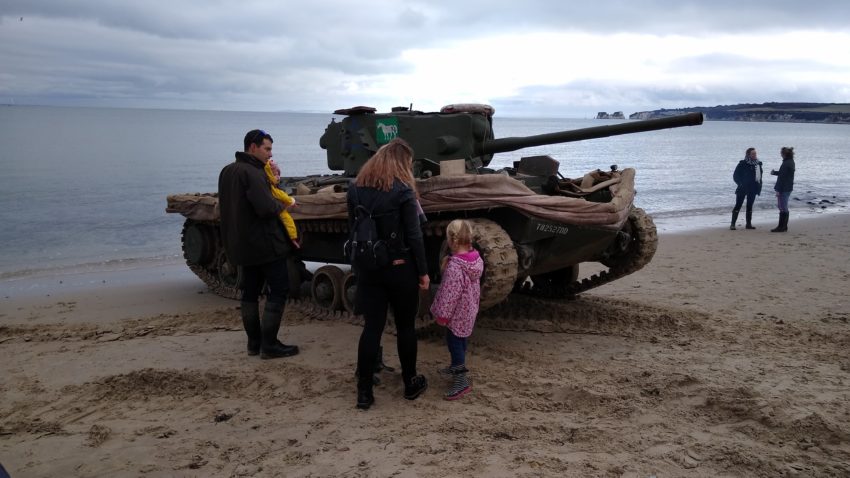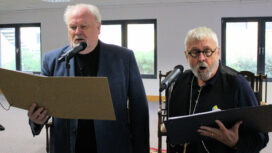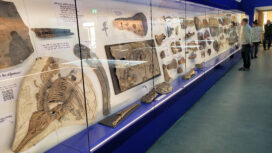Onlookers got the chance to see the last surviving Valentine amphibious tank going through its paces on Knoll Beach in Studland during filming for an upcoming documentary series.
The filmmakers are telling the story of Operation Smash – the training exercise in the lead up to D-Day in World War Two – which resulted in the loss of seven tanks.
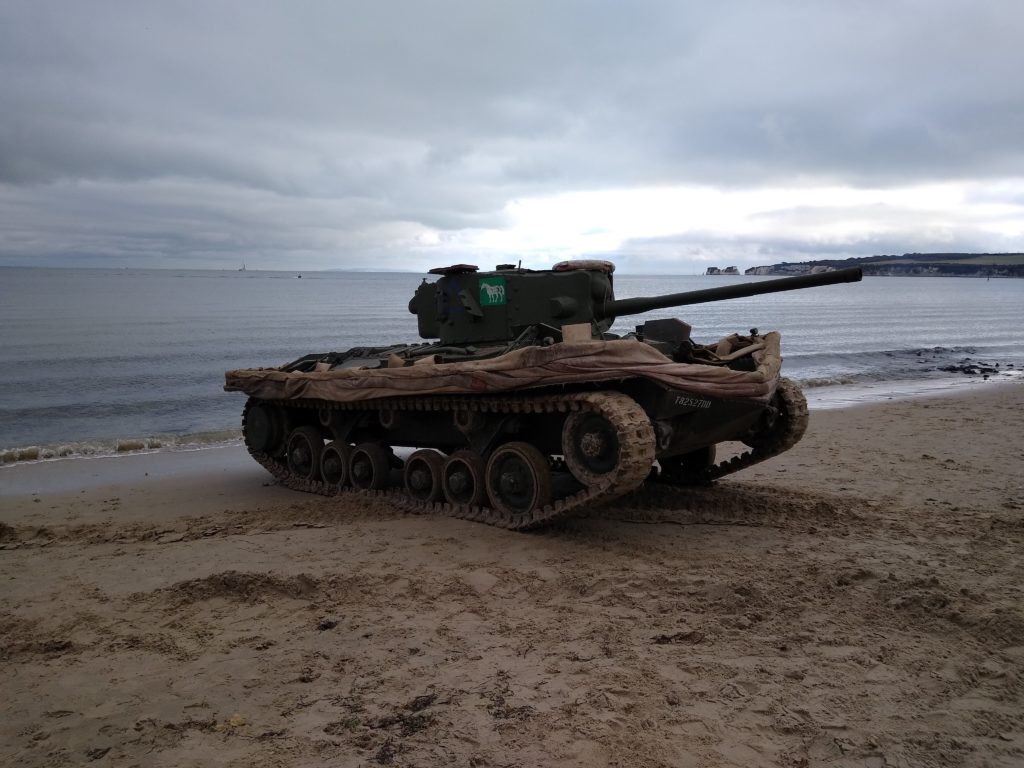
Operation Smash was a dress rehearsal for D-Day
“Supposed to be secret”
Catherine Watling, producer for Windfall Films, said the filming caused quite a stir and when she arrived people were asking ‘when is the tank going to get here?’.
She said:
“It was all supposed to be secret, but these things don’t stay secret for long.
“There was quite a crowd of people and lots of excitement for what seemed like the last nice day of the year.”
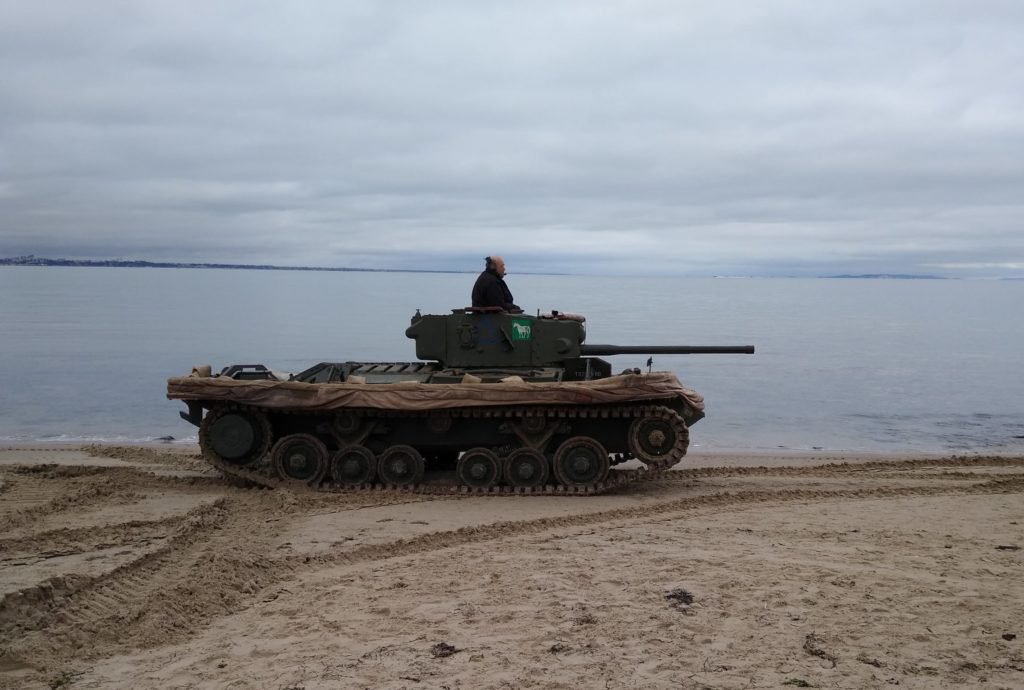
John Pearson and his son Colin drove the tank for the filming
“Same thing over and over”
The tank is owned by John Pearson, from Wolverhampton. His son Colin had the challenging task of driving.
John said:
“It’s a slow process and you seem to have to do the same thing over and over again. But that’s the film business!
“It’s nice to be able to demonstrate the tank in action at the right place and record it for posterity.”
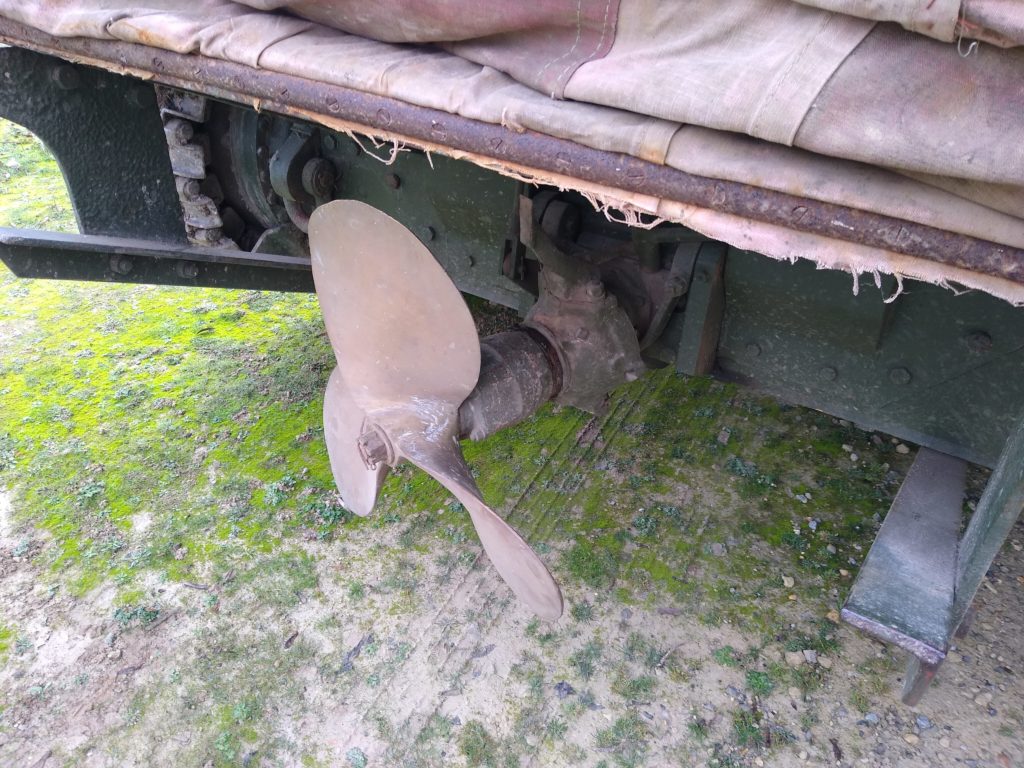
A propellor allowed the DD (duplex drive) tank to operate at sea
Rehearsal for D-Day
John lovingly restored the tank after he bought it in 1984 when it had been cut down for use as a bulldozer.
Back in 1944, Prime Minister Winston Churchill, with Allied Supreme Commander Dwight D Eisenhower, watched Operation Smash from Fort Henry.
The exercise was a dress rehearsal for D Day, but on 4th April 1944 six of the amphibious tanks were swamped and another abandoned. Six servicemen lost their lives.
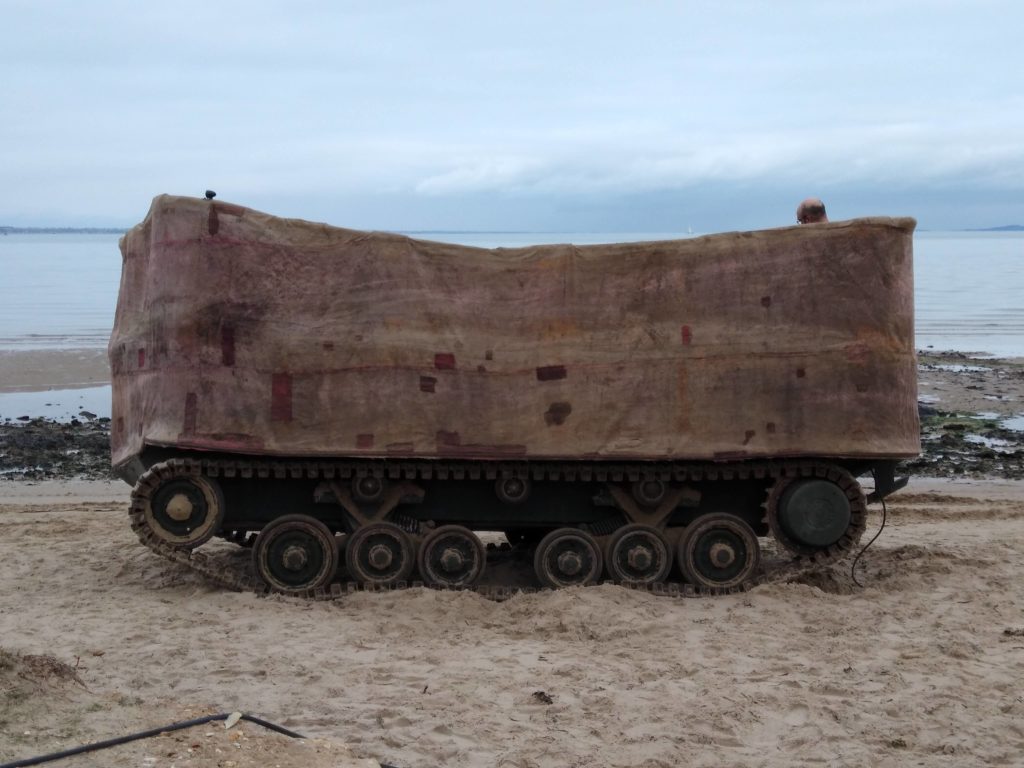
A fabric skirt helped make the tank amphibious
Donald Ducks
The DD (duplex drive) Valentine tanks had tracks for land and a fabric skirt and propellor for use at sea. They were known affectionately by the army as Donald Ducks.
Even during Operation Smash, 25 of the 32 got ashore successfully and valuable lessons were learned.
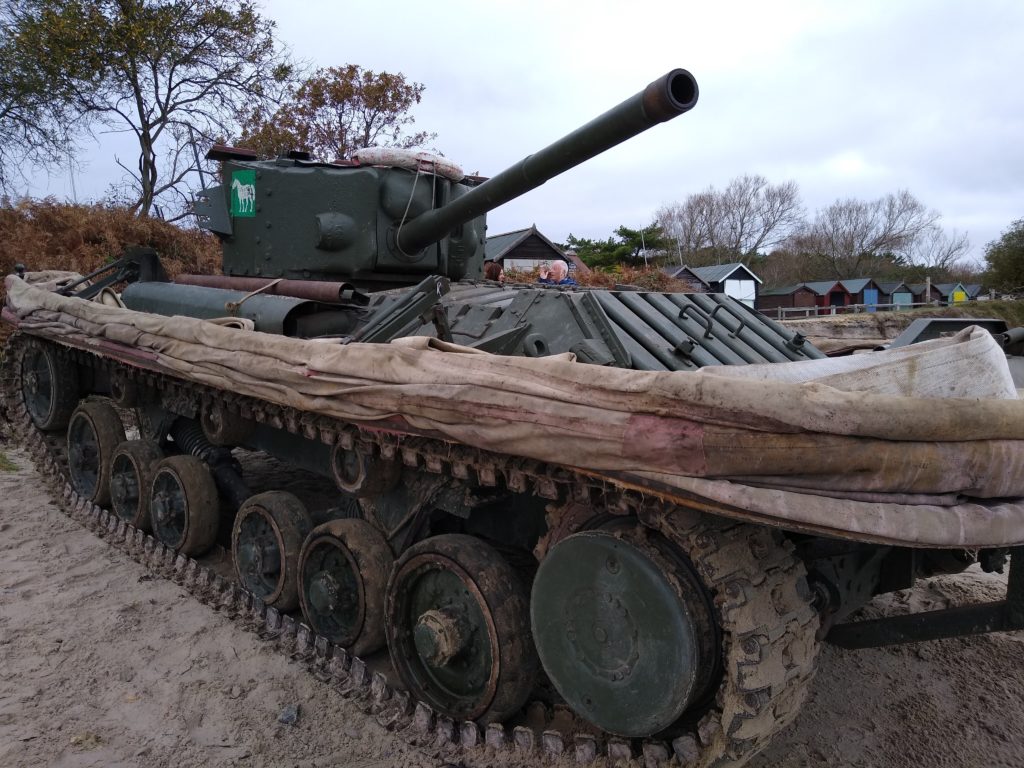
The losses in Operation Smash meant valuable lessons were learned
“Changed the way we operated”
Nick Reed, who is chairman of the Isle of Purbeck Sub-Aqua club, has dived the wrecks of the tanks many times.
He said:
“The tragedy changed the way we operated. We modified our operational procedures to make a success of D-Day.
“Up until then it was always a naval officer who launched the tanks. After that, British landing craft had a tank officer who made the final decision.”
There’s a memorial to the men who lost their lives at Fort Henry, by the South West coastal path. The history series for National Geographic is due to be broadcast in autumn 2022.
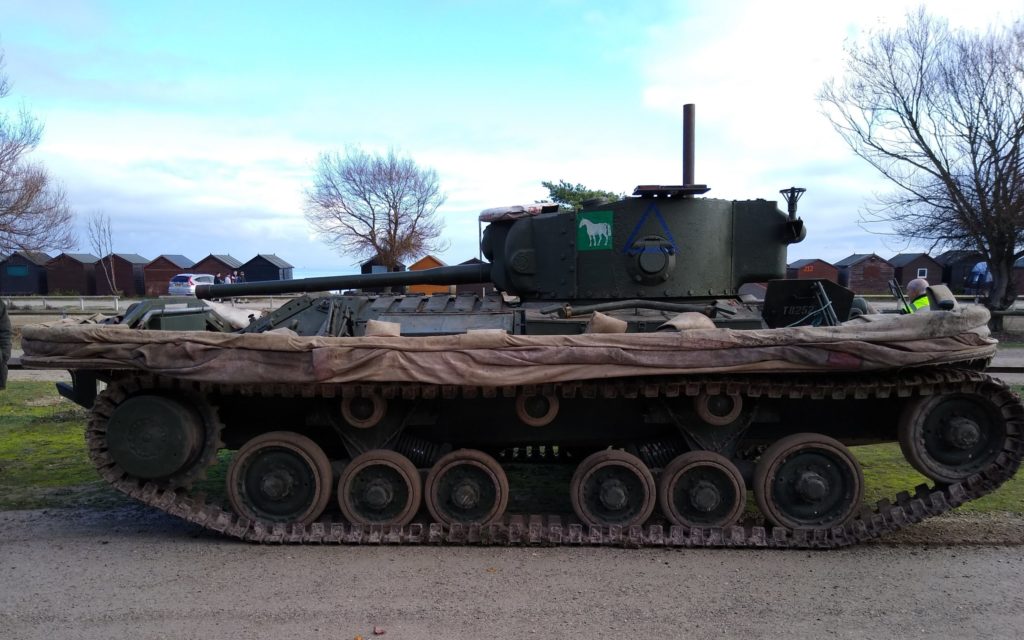
A memorial to the men who lost their lives is at Fort Henry.
